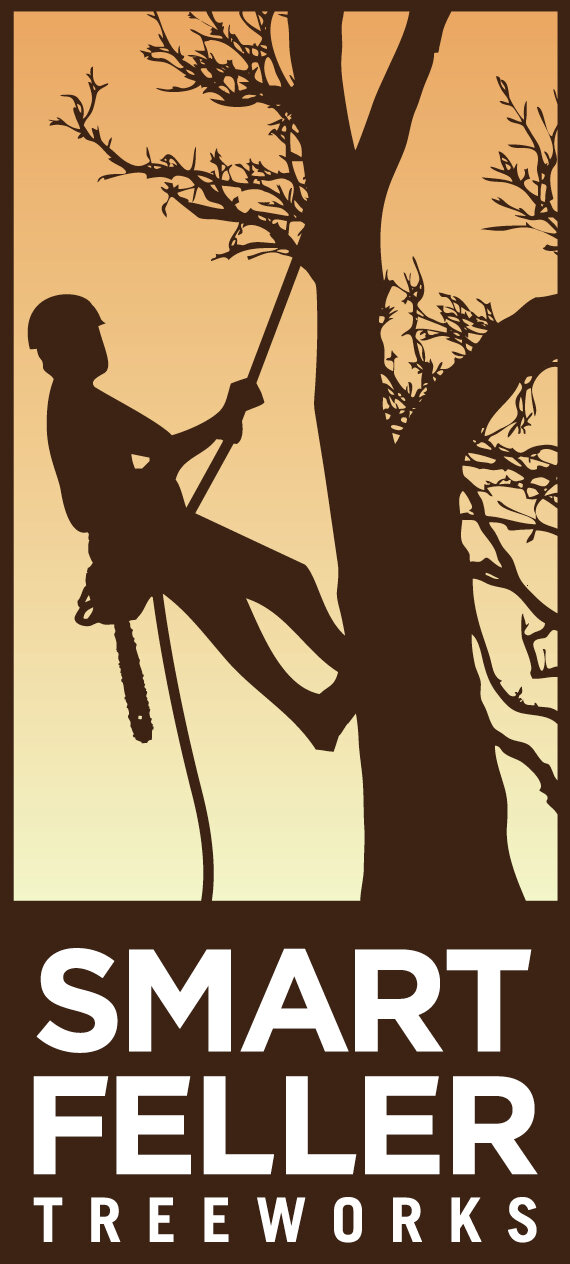Aerial Rescue Training

If an injurious accident were to occur to an arborist while aloft in a tree, they would be considered fortunate to not also fall to the ground. Then again, another set of obstacles arise from the need to get that person to the ground safely. If 911 is called, the fire department is likely to call on a local arborist to come to the rescue. So the rescue of this individual really falls into our own hands from the very beginning. WHICH is why we prepare our selves on every climb to perform the safest and most swift rescue of arborist aloft WHILE making every choice that will lead us as farthest away from any margin of risk.

As with any first responder scene, we first make sure it is safe for the rescuer to get involved. If there was contact with an electrical wire, we can not make contact with the climber, their rope, or with the tree, until we can be absolutely sure the power is off. Two injuries or deaths IS worse than one, even though we can all acknowledge how challenging it is to not do SOMETHING while a comrade is in grave danger. If we are able to quickly reach them there may be preventative measures to help them with while still in the tree, such as situating a blood stopping bandage.


The gear we are using and carrying on us provides many options for safely guiding another climber to the ground. However the important part is being comfortable to use this gear for a rescue, something we hope to never have to do in real time. Yet we still need to be able to react effectively in these ways regardless. Thus the need for regular practice days.

We had a total of 9 ropes in this stunning oak tree for this training session and got cozy up there with all this stunning tree's canopy had to offer!

On our actual job sites we set an extra life support line so a support person can instantly climb should the climber aloft need quick aid. We take our time setting these up prior to beginning the work to be sure we are set up for the best possible outcomes even in the worse case scenarios.

The Value of a Tree

Why does excellent tree care matter? How do trees improve our life quality as well as the value of our land? There is much to consider here when choosing to invest in the health of the trees on our personal property as well as in publicly owned spaces. Each species has a estimated life expectancy and can be gifted with a long full life if cared for properly. Trees improve air quality and keep our planet temperature down which are invaluable services to our lives here on earth as an air dependent and temp-specific species. Our quality of life improves with the presence of a developed forest-scape in our close proximity as well as globally. Living amongst mature trees relieves stress, provides peace and recreation, is pleasing to both the senses and the spirit. Not only that, many other species of life are supported by mature trees.

For over a decade I have heard about the Angel Oak outside Charleston, South Carolina, and have seen photographs brought home by friends. Although I knew it was very old and very large, I did not expect it to be AS BIG as it is! Its many sprawling branches, each as large around as mature trees, bending and dipping down to kiss the ground as is common of Live Oaks growing where they have space around them to sprawl. To me it seems likely this particular tree was favored by natives and it was given space to grow. It may have been an important landmark as a territory marker or gathering place. I imagine other people have the same thought, explaining why they are whispering to each other in it's presence. Or they innately respect an organism that is roughly 10 times older than themselves. Personally I would like to spend more time in mature landscapes, in the presence of nature that brings a humbling to mine and other's souls. What would our current landscapes feel like if we treasured more of our trees so they too could live out their full life spans, giving this presence and sanctuary for 10-20 human generations?




